Useful properties of cilantro. Growing cilantro
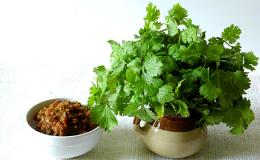
Cilantro is an annual plant and belongs to the Apiaceae family. Cilantro is also called coriander. The fashion for growing it came to us from Asian countries, where almost all dishes are seasoned with its herbs or seeds. It has a specific smell and taste; it is difficult for a person addicted to this seasoning to give it up.
Useful properties of cilantro studied by doctors. She is an antiseptic, choleretic and an analgesic, helps digest heavy foods, improves functioning of the cardiovascular system. For colds, cilantro infusions act as an expectorant. In addition, it contains vitamins B1, B2, C, as well as pectins and carotene. The beneficial properties of cilantro are also used in home cosmetology. The skin will become soft and velvety if you wash your face with a decoction of its greens.
Is it possible to grow cilantro in the middle zone? Of course you can, gardeners grow it even in Siberia, you just need fertile slightly acidic soil. Coriander does not like heavy clay soils that easily form a crust. It is better to sow in a semi-shaded place. First, the bed is dug up to 15-20 cm, adding organic fertilizers, watered well, and then sown, sealing a couple of centimeters into the ground. Between the rows you need to leave a distance of 15-20 centimeters. They usually sow at the end of April, but if you want to have fresh greens all summer, you will have to do this every 10 days.
Crops need the most basic care: loosening, weeding, watering.It is enough to water the plant a couple of times a week, but generously, especially during the leaf growth period. cilantro leaves need to be harvested before budding and used fresh or somehow prepared (dried, frozen). Cilantro seeds collected at the end of August, dried, threshed and stored in paper bags.


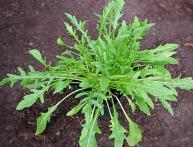
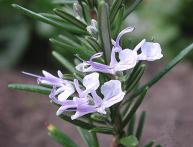
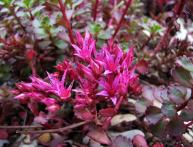
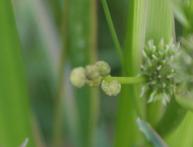
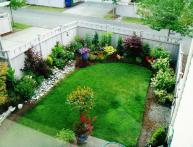
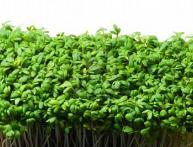
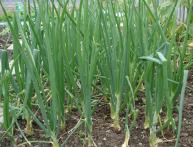
Comments
Cilantro is quite useful, but you still shouldn’t abuse it. Otherwise, you can achieve the opposite effect.
I planted cilantro for the first time and had a problem. It grew well up to 10-15 cm, and then the leaves turned reddish and growth stopped. Is it a disease or a lack of something in the soil?